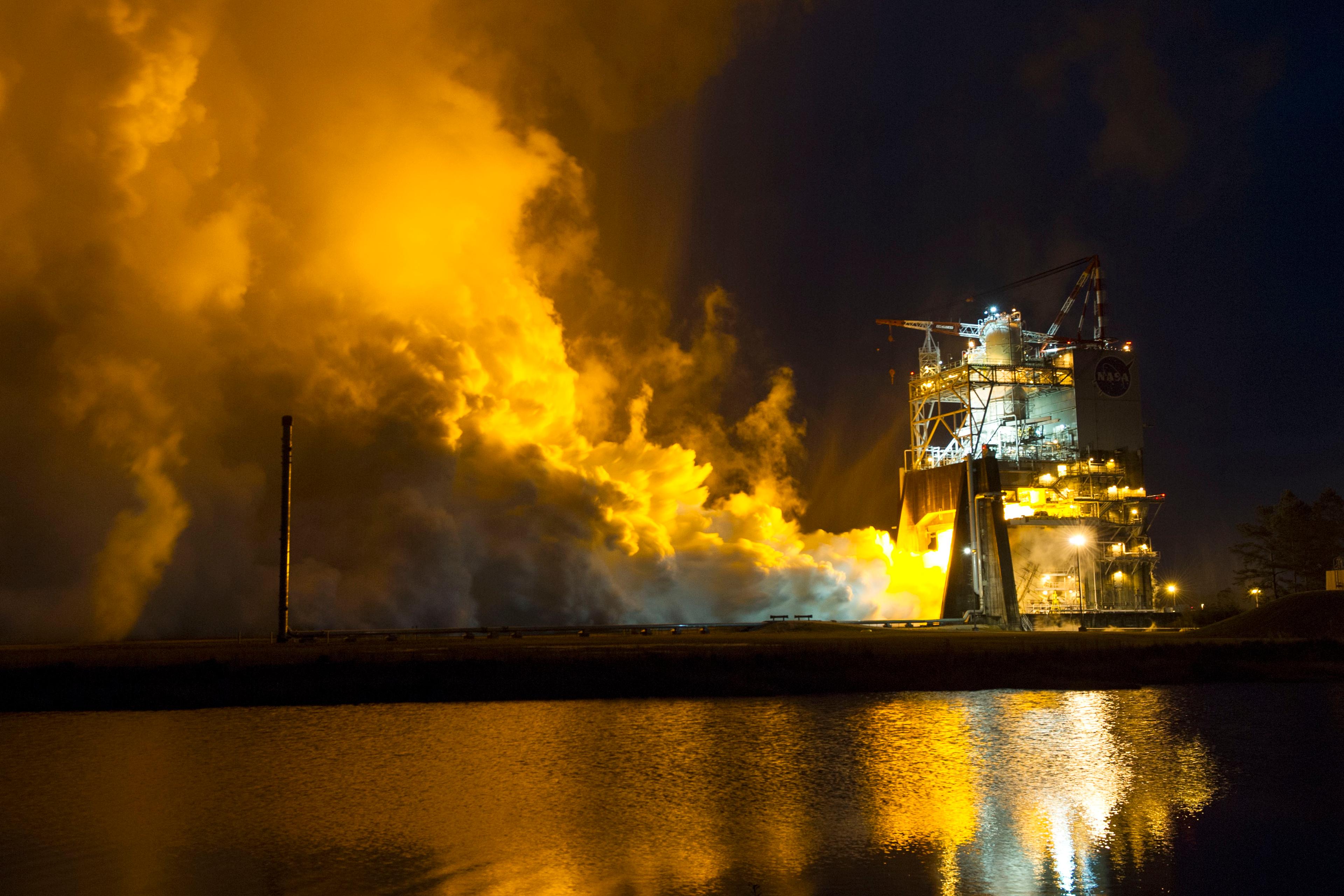
Following a successful test of an engine that could send humans to Mars, NASA officials told an advisory council this week that it plans to send a small prototype to create a rocket ship gas station of sort on the next rover mission in 2020.
The atmosphere of Mars is predominantly carbon dioxide (CO2) and NASA hopes to extract oxygen to use as rocket fuel.
Astronomer Doug Duncan, who attended the briefing of the NASA Advisory Council Science Committee, says that making liquid oxygen on Mars means rockets leaving earth would not have to carry all the fuel for the return trip.
“Mars’ atmosphere is made largely of CO2, so if you take out that oxygen from the CO2, you wouldn’t have to carry it,” he says. “And even better, why not send a little factory in advance so that you knew it worked before humans showed up?”
The other major component of rocket fuel, liquid hydrogen, is lighter than oxygen and would be less of a burden for a mission to carry, he says.
Duncan is one of three Coloradans who serve on the 12-person NASA Advisory Council Science Committee, which brings together scientists who don’t work for NASA to give advice.
“I’d call it an applied brainstorming,” says Duncan.
He’s joined by Maura Hagan of the National Center for Atmospheric Research and James Green of the University of Colorado.









